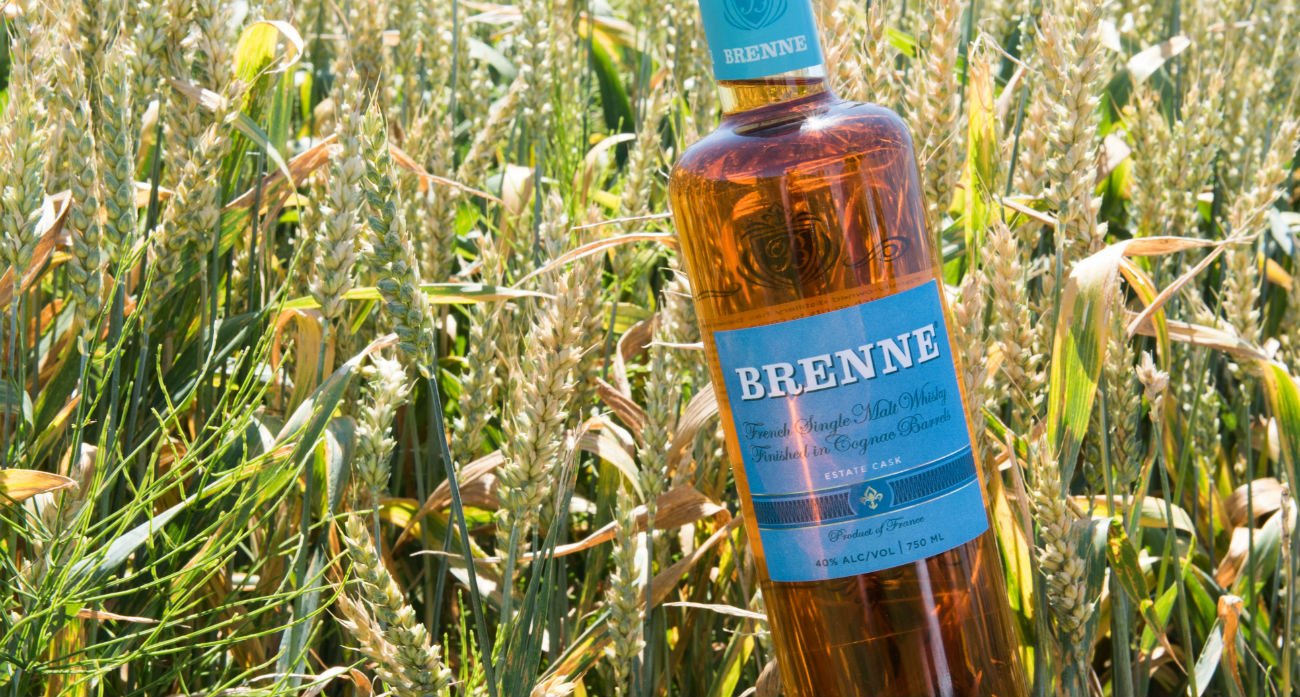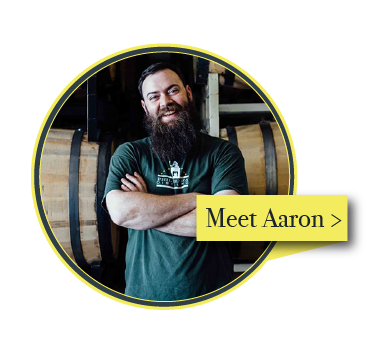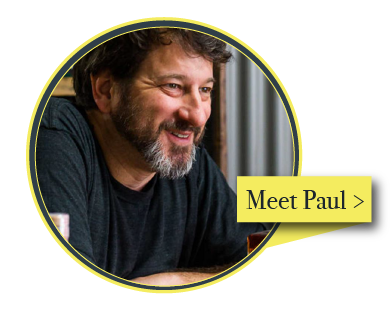Does Terroir Exist in Whisky? Allison Parc of Brenne Certainly Thinks So.
Jul. 25, 2017

Allison Parc bet her life savings on whisky. At the age of 25 she signed away every dollar she had in her savings account to a Frenchmen who spoke very little English who she had just met a few weeks earlier.
“My mom thought I was crazy, but I’ve been poor before,” said Parc. “I’ve been that entertainer at children’s Bar Mitzvahs who worked seven jobs to get by. I did it before and I could do it again if I needed to.”
Thankfully, Parc’s bet paid off, her mother still loves her, and her whisky – well – is artistry in a bottle and unlike anything else out there. Not bad for a former professional ballerina-slash-Bar Mitzvah dancer.
Allison Parc is the founder of Brenne French Single Malt Whisky, a tropical fruit pie of a whisky that she feels embodies the true spirit of Cognac, France. As it should. Every ingredient in Brenne is sourced locally. The organic heirloom barley is grown on the farm that the distillery resides on. The water is from the town’s supply and the yeast is a strain that has been in the distiller’s family from the very beginning.
That distillery itself is actually a Cognac distillery making eau de vie and XO Cognac for one of the largest Cognac houses in the world, and now, distilling a French single malt whisky that is finished in those same XO Cognac barrels. Every molecule in every drop of Brenne can be traced back to Cognac and the woman who bet her life savings – and her mother’s worries – on single malt whisky.
Breakthru: What inspired you to create Brenne?
Allison Parc: It started for me in the early 2000s as an idea. That idea grew into a journey, followed by a realization that a dream could be created, then the creation itself and then finally the launch of Brenne, which was October 1, 2012.
It took a long time, but this is whisky we’re talking about, and whisky takes a long time to age. I don’t bottle anyone else’s juice. I didn’t start with a white dog or something younger than what I thought my flagship skew should be. I wanted to lead, not follow. I wanted to create and bring something into this industry that doesn’t exist. I didn’t want to simply create another of the same whisky but with a different label, I really want to create something that people would either really love or hate. You can either love Brenne or hate Brenne and that is the best compliment. If you’re just wishy-washy about it, then I don’t feel I did what I set out to do.
Why did you decide to create a with a single malt whisky? As you said, those take a lot of time to mature and aren’t usually the first spirit someone comes to market with.
I love single malts. That’s where my heart is. I feel like, if I’m going to create something, then I need that to be something I am a whole body “yes” on. I don’t drink vodka. I drink gin, but I don’t speak the gin language. I could always have just made something cool for the sake of doing so, but that’s just not me. I love single malts. I speak single malts. I am obsessed with them and I nerd out on single malts.
The first time I had Yamazaki 18. It is so, so good. This was back around 2004 and at the time people weren’t really talking about Japanese whisky here in the U.S. Well that year I had a couple of friends’ weddings, and I was trying some different whiskies and I quickly realized that I liked whisky a lot more than I enjoyed wine. That same year, someone offered me a taste of their Yamazaki 18. I had one sip, then another, and I never gave the glass back. From that moment forward, I was calling all of my different family members – many of which are scientists – and asked them to tell me everything they could about the distillation of that whisky. I was obsessed.
Is that Japanese style of whisky what inspired Brenne’s flavor profile?
No, not really. What actually got me excited about that whisky is that it was very complex and it was so different from the Scotch single malts that I had been drinking at the time. That spurred the question for me of: Is it different to me because it is from Japan? Is it because they used local ingredients? So could terroir exist in single malt whiskies? Why was it so different from everything else I was drinking? Those questions led me to ask myself: Can we use ingredients that are local and indigenous to effectively show terroir in single malts, and thus, broaden the amount of flavors that are available in the spectrum of the single malt category.
I didn’t set out to create a floral, fruit-forward, uber estery single malt whisky. I went in wanting to use ingredients that were local to this one region – Cognac, France – and see if that happens to have an impact on the final flavor. It turns out that the resulting whisky has this super juicy, fruity, floral, almost banana foster flavor profile that is unlike anything else anywhere in the world.
Do you feel you captured that terroir in Brenne?
Yes, absolutely. I really think you get an essence of the Cognac region in France. I think it actually slaps you in the face.
Meet the Other Faces of Samson & Surrey
|
 |
 |
 |